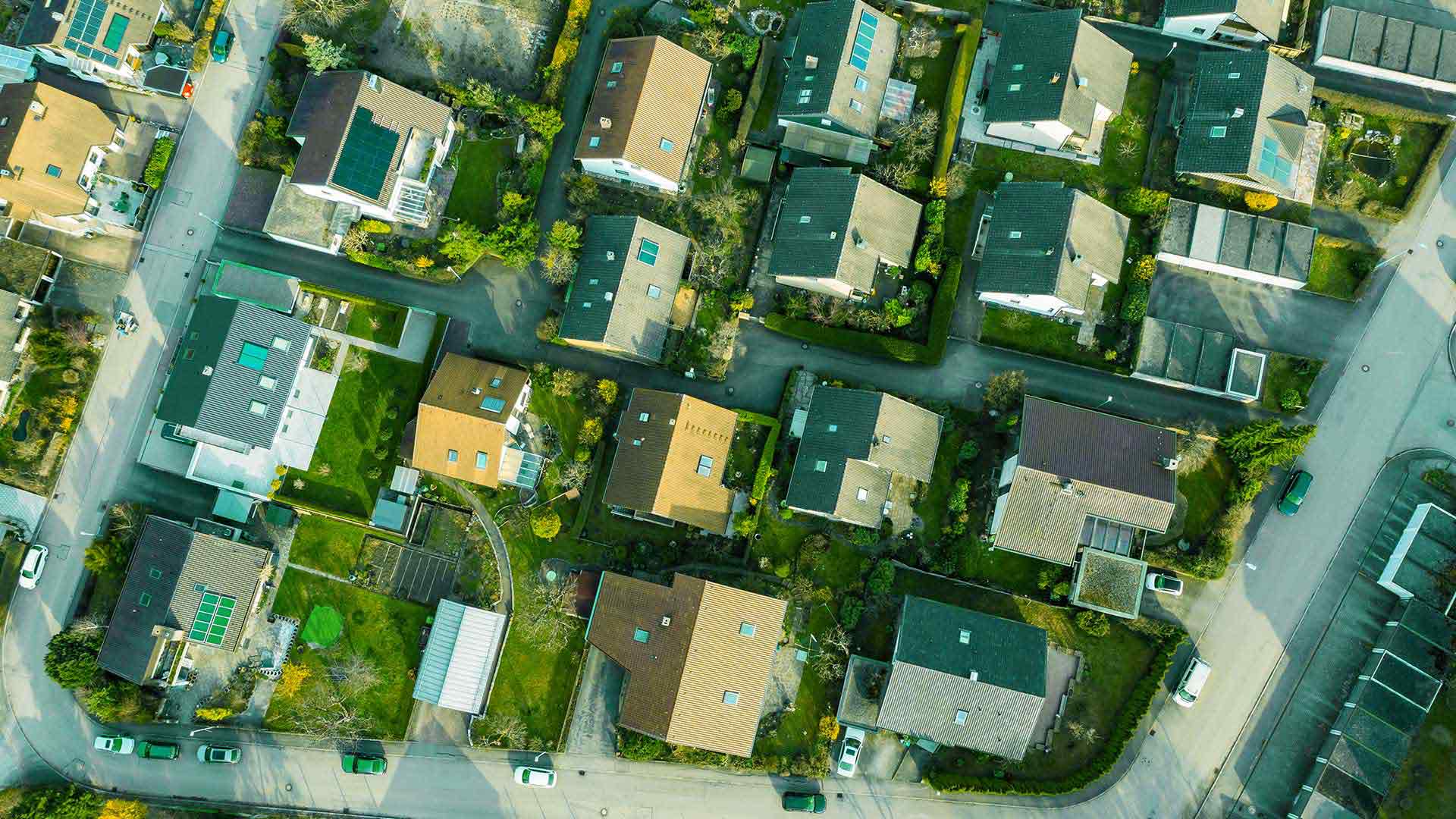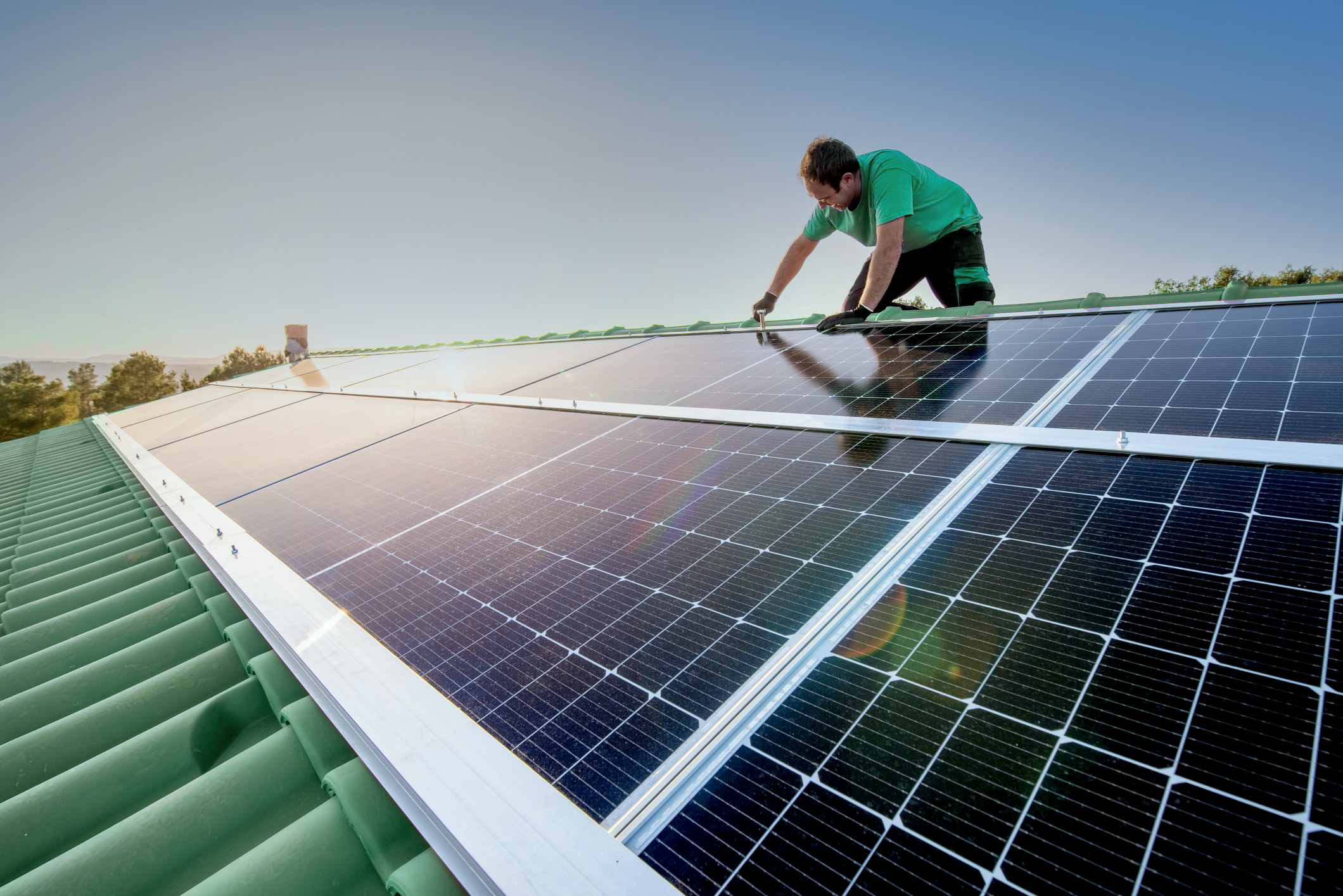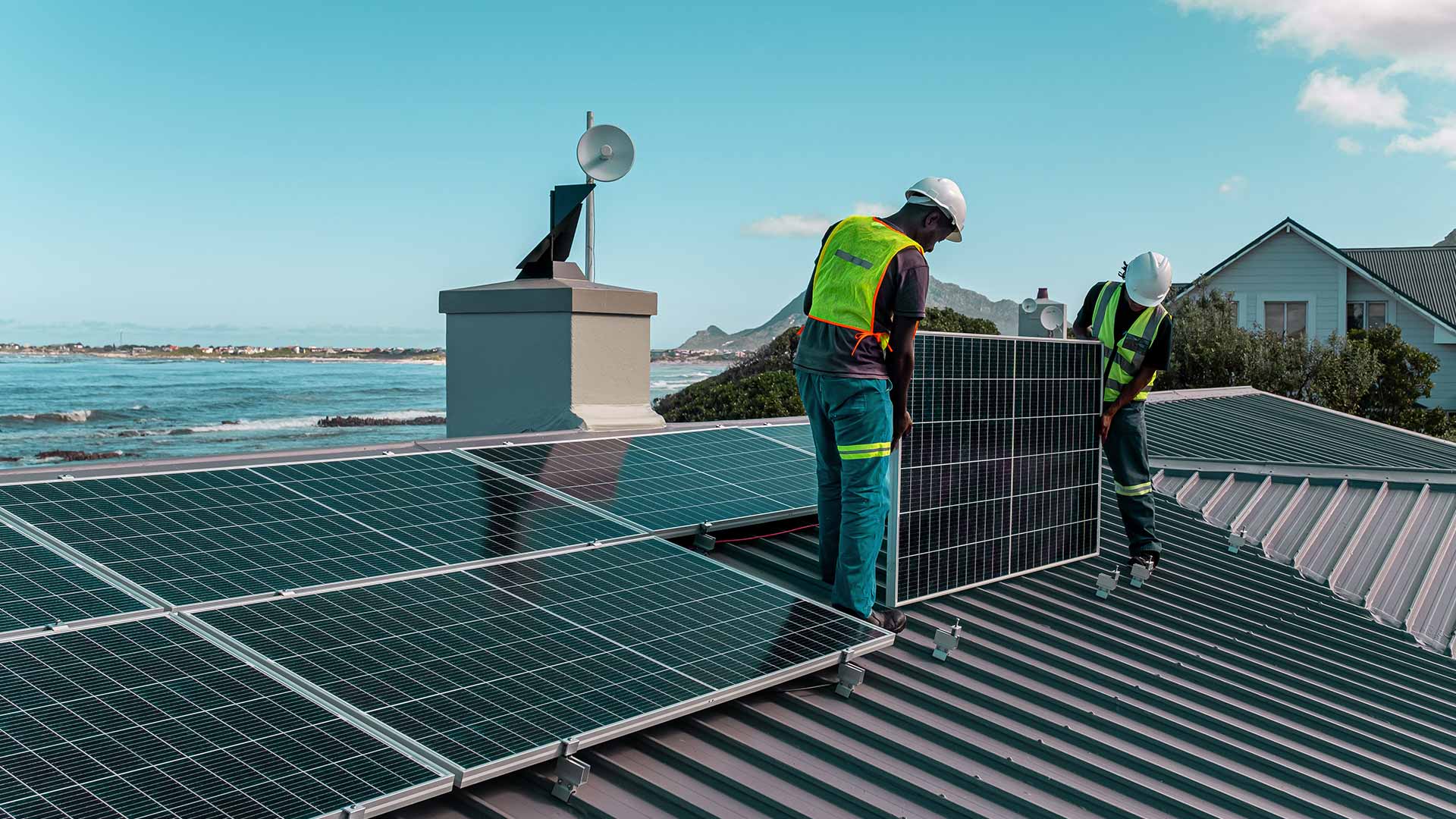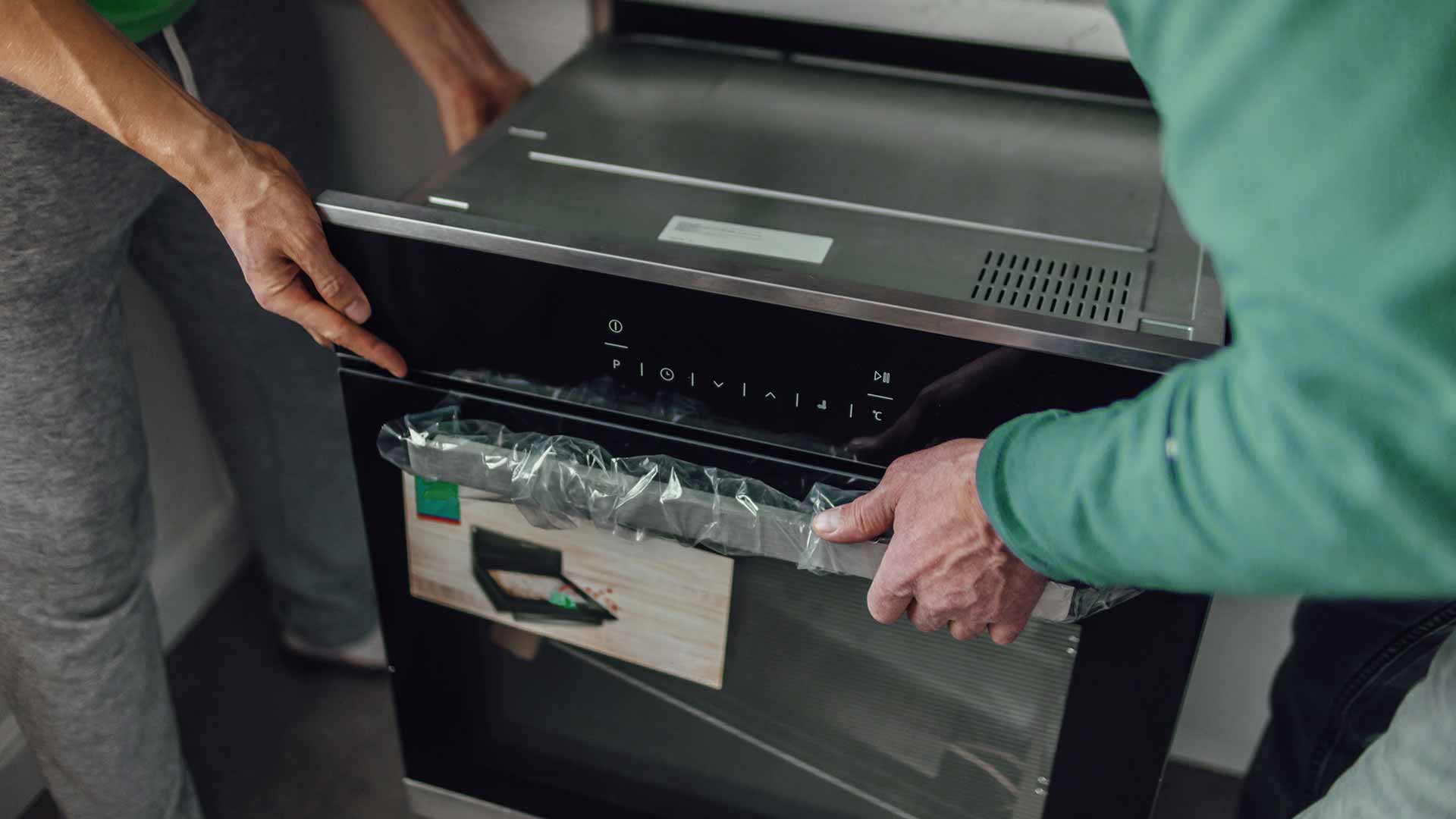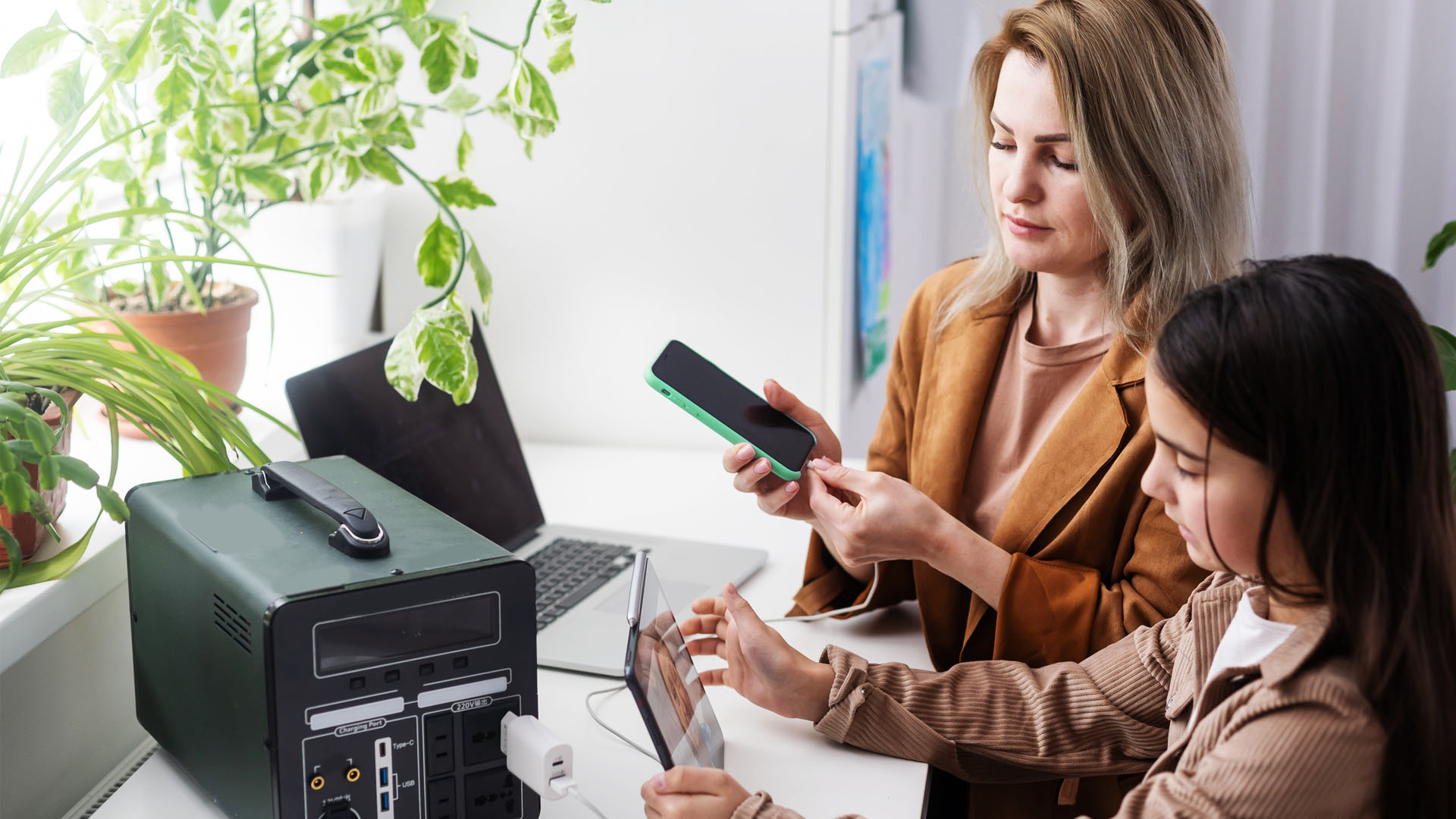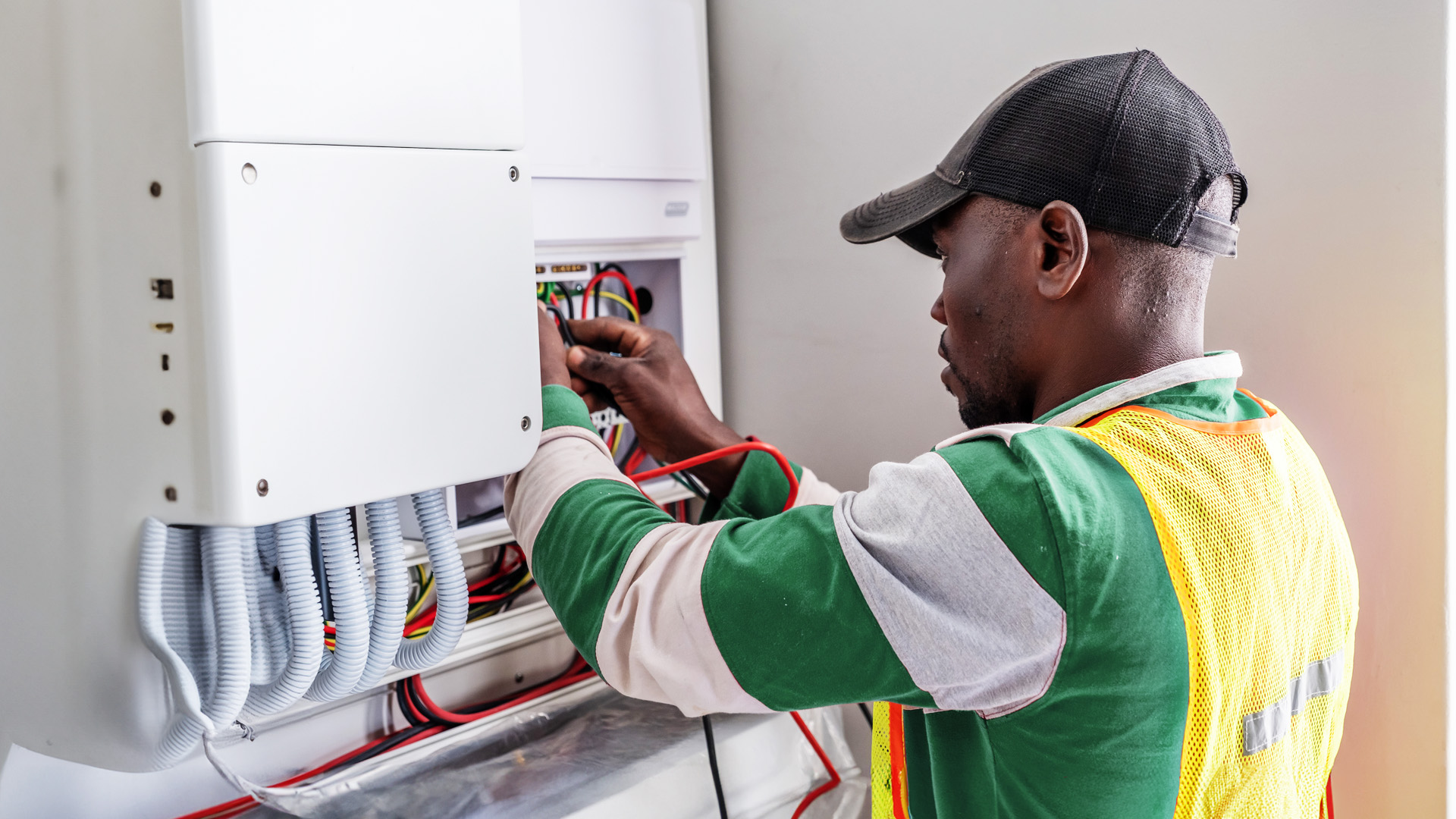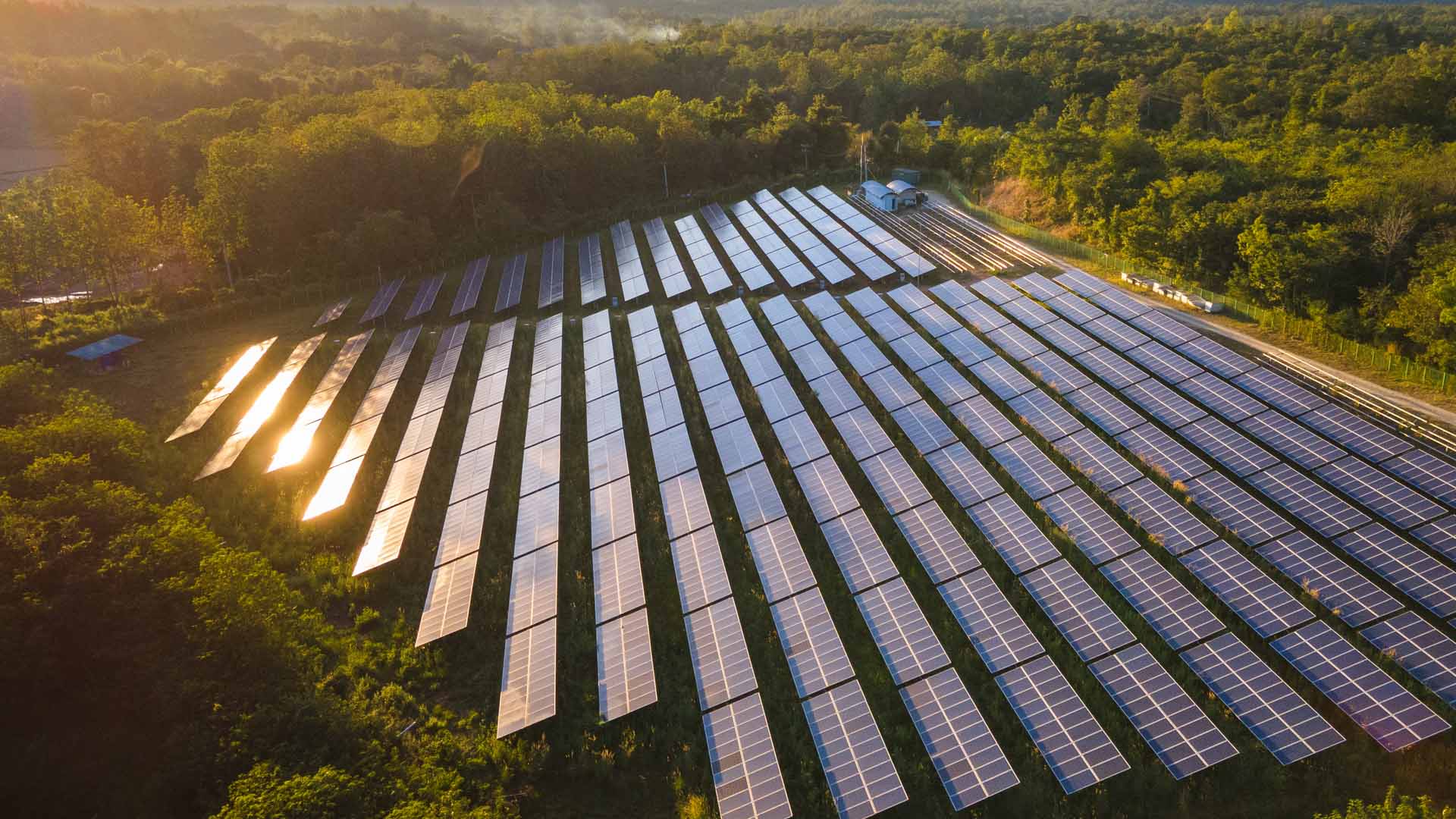Power outages can strike without warning, so it’s important to ensure your home is protected against the risks of load-shedding and other sudden power failures. By 28 October, South Africans had already endured 2,400 hours, or 100 full days, without electricity due to load-shedding in 2022 alone, according to the popular load-shedding app EskomSePush. That’s a new record, but not a happy one. And Eskom Chief Operating Officer Jan Oberholzer has warned that we can expect load-shedding to continue through 2023, if not longer.
Apart from the inconvenience, repeated electricity outages can damage all your electrical appliances and compromise your home security. It’s best to take what precautions you can.
Tips for protecting your home during load-shedding
Tighten security
Burglar bars on windows, security gates and secure locks on all the access points to your home will keep you more secure. Be sure to keep security gates locked if you leave doors open for airflow. Electric fencing may be costly, but it helps secure the perimeter of your property. And if you can afford an alarm system and a monthly contract with an armed-response security company, it's an essential expense to include in your monthly budget.
Maintain reserve batteries on your security features
Install and maintain reserve batteries for electric fencing, gates and garage motors to make sure they continue working during load-shedding, because getting out of your car to open a gate or garage manually in the dark presents a security risk – and it’s just plain unpleasant when it’s raining.
Turn off the wall plugs for all electrical devices and equipment during load-shedding
Look around when leaving or arriving home
Keep a reliable torch in the car, or use your phone’s torch, if you do need to get out the vehicle to open or close gates after dark. Check for anyone lurking in possible hiding places near the gates before opening them.
Install off-grid lights
Use solar-powered or battery-operated lights at key points around your yard and entranceway – preferably set to come on automatically during a power cut. It’s also a good idea to keep rechargeable torches and lights in your home and car and make sure they’re always charged.
Make sure a generator is installed safely
Many South Africans have invested in home generators to cope with load-shedding, but it’s important that a generator is never used inside the home or an enclosed area. Carbon monoxide in the exhaust fumes is toxic to humans and animals and can also cause fire.
Test your alarm
Your security system should have battery backup during electricity outages. However, they can wear out faster if the system is switching to backup power frequently, as is the case with load-shedding. Have your alarm system checked by your service provider at least twice a year and also test the alarm system regularly by triggering it during a power cut to ensure the battery is working. If there’s a wireless alarm system, check that all the alarm sensors have working batteries at the same time.
Protect appliances from power surges
When the electricity comes back on after load-shedding, the sudden increase in demand can create a power surge that damages electrical appliances You can install a system to turn your electricity on and off at the mains remotely using your smartphone, or you can invest in plug-in surge protectors for every appliance in your home. Both these options can involve extra costs, though. The low-cost alternative is to turn off the wall plugs for all electrical devices and equipment during load-shedding, then turn them back on afterwards.
Protecting your home during load-shedding includes finding out what is covered and what isn’t under different types of insurance. If you have any questions about a policy, contact us on 0860 333 111 or at insurance@nedbank.co.za
